Home>Gardening & Outdoor>Landscaping Ideas>When To Cut New Bermuda Grass


Landscaping Ideas
When To Cut New Bermuda Grass
Modified: August 16, 2024
Learn the best timing and techniques for cutting new Bermuda grass to ensure a healthy and vibrant lawn. Discover expert landscaping ideas for maintaining your Bermuda grass at its best.
(Many of the links in this article redirect to a specific reviewed product. Your purchase of these products through affiliate links helps to generate commission for Storables.com, at no extra cost. Learn more)
Introduction
New Bermuda grass, with its lush green hue and resilient nature, is a popular choice for lawns and landscapes. As a homeowner or landscaping enthusiast, nurturing and maintaining the health and vibrancy of your Bermuda grass is a top priority. One crucial aspect of Bermuda grass care is knowing when to cut it. Proper timing and technique are essential to ensure the grass thrives and remains visually appealing.
Understanding the optimal timing for cutting new Bermuda grass is vital for promoting healthy growth and a well-manicured appearance. By considering various factors and adhering to best practices, you can effectively enhance the overall health and aesthetic appeal of your Bermuda grass.
In the following sections, we will delve into the key factors to consider before cutting new Bermuda grass, explore the best time to perform this task, and provide valuable insights on how to properly execute the cutting process. Whether you are a seasoned lawn care enthusiast or a novice homeowner looking to elevate the beauty of your outdoor space, this comprehensive guide will equip you with the knowledge and confidence to maintain your new Bermuda grass with precision and care.
Key Takeaways:
- Cut new Bermuda grass during the active growing season, every 5-7 days, in the early morning or late afternoon. Avoid extreme weather conditions to promote healthy growth and maintain a lush, well-manicured lawn.
- Before cutting new Bermuda grass, consider factors like growth stage, weather, blade sharpness, grass height, and soil moisture. Proper cutting techniques, such as maintaining mowing height and sharp blades, contribute to the grass’s health and visual appeal.
Read more: When To Cut New Grass Seed
Factors to Consider Before Cutting New Bermuda Grass
Before diving into the act of cutting new Bermuda grass, it's essential to consider several factors that can significantly impact the health and appearance of your lawn. Understanding these elements will help you make informed decisions and ensure that the cutting process contributes to the overall well-being of your Bermuda grass.
-
Growth Stage: Assessing the growth stage of your Bermuda grass is crucial before initiating any cutting. New Bermuda grass typically requires time to establish its root system and develop a strong foundation. It's advisable to allow the grass to grow to a sufficient height before the first cut. This initial growth phase allows the grass to strengthen and become more resilient, setting the stage for healthy and vigorous growth in the future.
-
Weather Conditions: Monitoring weather conditions is paramount when considering the timing of your Bermuda grass cutting. Ideally, it's best to avoid cutting the grass during periods of extreme heat or drought. High temperatures and dry spells can stress the grass, making it more susceptible to damage from cutting. Conversely, excessively wet conditions can make the grass too soft, leading to potential tearing instead of clean cuts. Therefore, it's advisable to plan the cutting process during moderate weather conditions to minimize stress on the grass.
-
Blade Sharpness: The sharpness of the cutting equipment is often overlooked but plays a significant role in maintaining the health of Bermuda grass. Dull blades can cause tearing and uneven cuts, leaving the grass vulnerable to disease and discoloration. Before cutting new Bermuda grass, ensure that your lawnmower or cutting tools have sharp blades to achieve clean and precise cuts, promoting faster recovery and healthy regrowth.
-
Grass Height: Understanding the recommended height for Bermuda grass is essential for its overall health. Cutting the grass too short can weaken it and make it more susceptible to stress and damage. Conversely, allowing the grass to grow excessively tall can lead to thatch buildup and hinder proper air circulation and sunlight exposure. Therefore, it's crucial to adhere to the recommended mowing height for Bermuda grass, promoting optimal growth and resilience.
-
Soil Moisture: The moisture level of the soil is a critical factor to consider before cutting new Bermuda grass. It's advisable to avoid cutting the grass when the soil is excessively dry, as this can hinder the grass's ability to recover from the cutting process. Conversely, cutting the grass when the soil is overly wet can lead to soil compaction and damage to the grass roots. Therefore, it's essential to assess the soil moisture and plan the cutting process when the soil is moderately moist for optimal results.
By carefully considering these factors before cutting new Bermuda grass, you can set the stage for a successful cutting process that promotes the health, resilience, and visual appeal of your lawn. Understanding the unique needs of Bermuda grass and tailoring your approach accordingly will contribute to a thriving and vibrant outdoor space.
Best Time to Cut New Bermuda Grass
The timing of cutting new Bermuda grass is a critical factor that significantly influences the health and appearance of your lawn. Identifying the best time to perform this task is essential for promoting optimal growth and maintaining the lush, vibrant aesthetic of your Bermuda grass.
Seasonal Considerations
The best time to cut new Bermuda grass is during the active growing season, which typically spans from late spring to early fall. During this period, Bermuda grass experiences robust growth, allowing it to recover more efficiently from the cutting process. Cutting the grass during the active growing season promotes healthy regrowth and helps maintain an even and well-manicured appearance.
Frequency of Cutting
In the peak growing season, Bermuda grass may require more frequent cutting, typically every 5-7 days, to prevent it from becoming excessively tall and to maintain the recommended mowing height. Regular cutting during this time helps promote lateral growth and a denser turf, contributing to a lush and resilient lawn.
Read more: What Height To Cut My Bermuda Grass
Morning or Evening
Optimal timing within the day is also crucial when cutting new Bermuda grass. It is advisable to schedule the cutting process for the early morning or late afternoon to avoid the intense midday heat. Cutting the grass during cooler periods of the day minimizes stress on the grass and reduces the risk of moisture loss, ensuring a smoother and more effective cutting experience.
Avoiding Extreme Conditions
It's important to refrain from cutting new Bermuda grass during periods of extreme weather conditions, such as heatwaves or drought. High temperatures and dry spells can stress the grass, making it more vulnerable to damage from cutting. By avoiding these extreme conditions, you can safeguard the health and resilience of your Bermuda grass, allowing it to thrive and flourish.
Monitoring Growth Rate
Regularly monitoring the growth rate of your Bermuda grass is essential for determining the best time to cut it. Observing the grass's growth patterns and adjusting the cutting schedule accordingly ensures that the grass remains at an optimal height, promoting healthy development and a visually appealing lawn.
By considering these factors and aligning the cutting process with the optimal timing, you can effectively contribute to the overall health and beauty of your new Bermuda grass. Understanding the seasonal dynamics, frequency of cutting, and ideal timing within the day empowers you to nurture a vibrant and thriving lawn that enhances the allure of your outdoor space.
How to Properly Cut New Bermuda Grass
Properly cutting new Bermuda grass is a fundamental aspect of lawn maintenance that directly impacts the grass's health, appearance, and overall resilience. By adhering to best practices and employing the right techniques, you can ensure that the cutting process contributes to the lush and vibrant aesthetic of your Bermuda grass.
Read more: When To Plant Bermuda Grass
Mowing Height
Maintaining the appropriate mowing height is crucial for the health of Bermuda grass. It is recommended to set the lawnmower at a height of around 1 to 1.5 inches for optimal results. Cutting the grass at this height promotes vigorous growth and helps prevent thatch buildup, ensuring a well-manicured and resilient lawn.
Sharp Blades
Ensuring that the lawnmower blades are sharp is essential for achieving clean and precise cuts. Dull blades can tear the grass, leaving it vulnerable to disease and discoloration. Regularly sharpening or replacing the blades is paramount to promote faster recovery and healthy regrowth of Bermuda grass.
Mowing Frequency
In the active growing season, Bermuda grass may require more frequent cutting, typically every 5-7 days, to maintain the recommended mowing height and prevent it from becoming excessively tall. Regular cutting during this period promotes lateral growth and contributes to a dense and lush turf.
Clipping Management
Allowing the grass clippings to remain on the lawn after cutting can provide valuable nutrients to the soil and the grass itself. This natural mulching process helps retain moisture, suppresses weed growth, and nourishes the grass, contributing to its overall health and vitality.
Read more: When To Water Bermuda Grass In Phoenix
Alternate Mowing Patterns
Varying the mowing patterns with each cutting session helps prevent soil compaction and promotes upright grass growth. Alternating between horizontal, vertical, and diagonal mowing patterns encourages the grass to grow more evenly and reduces the risk of developing ruts in the lawn.
Timing and Weather Considerations
Scheduling the cutting process for the early morning or late afternoon, when the weather is cooler, minimizes stress on the grass and reduces the risk of moisture loss. Avoiding extreme weather conditions, such as heatwaves or drought, is essential to safeguard the health and resilience of Bermuda grass.
By implementing these best practices and techniques, you can effectively and properly cut new Bermuda grass, contributing to its overall well-being and visual appeal. Understanding the significance of mowing height, blade sharpness, frequency, clipping management, and timing empowers you to nurture a vibrant and thriving lawn that enhances the beauty of your outdoor space.
Conclusion
In conclusion, understanding the nuances of cutting new Bermuda grass is essential for fostering a healthy, vibrant, and visually appealing lawn. By carefully considering factors such as growth stage, weather conditions, blade sharpness, grass height, and soil moisture before initiating the cutting process, homeowners and landscaping enthusiasts can set the stage for successful lawn maintenance. These considerations provide valuable insights into the unique needs of Bermuda grass, enabling individuals to tailor their approach to promote optimal growth and resilience.
Identifying the best time to cut new Bermuda grass, particularly during the active growing season, allows for the implementation of a cutting schedule that aligns with the grass's natural growth patterns. By monitoring the grass's growth rate and adhering to the recommended mowing frequency, individuals can contribute to the development of a lush and well-manicured lawn. Additionally, scheduling the cutting process for the early morning or late afternoon, while avoiding extreme weather conditions, minimizes stress on the grass and supports its overall health and vitality.
Properly cutting new Bermuda grass involves maintaining the appropriate mowing height, ensuring the sharpness of cutting equipment, managing grass clippings, and varying mowing patterns. These best practices not only contribute to the grass's visual appeal but also play a pivotal role in promoting healthy regrowth and preventing issues such as thatch buildup and soil compaction.
By integrating these insights into their lawn care routine, individuals can cultivate a thriving outdoor space characterized by the lush, resilient, and vibrant beauty of Bermuda grass. This comprehensive approach to cutting new Bermuda grass empowers homeowners and landscaping enthusiasts to nurture a visually stunning lawn that serves as a welcoming and rejuvenating outdoor retreat.
In essence, the art of cutting new Bermuda grass transcends mere lawn maintenance; it embodies a commitment to preserving the natural splendor of outdoor spaces and creating a harmonious environment that enriches the lives of those who experience it. With a deep understanding of the factors, timing, and techniques involved in cutting new Bermuda grass, individuals can embark on a journey of cultivating a captivating and resilient lawn that stands as a testament to the artistry and care invested in its maintenance.
Frequently Asked Questions about When To Cut New Bermuda Grass
Was this page helpful?
At Storables.com, we guarantee accurate and reliable information. Our content, validated by Expert Board Contributors, is crafted following stringent Editorial Policies. We're committed to providing you with well-researched, expert-backed insights for all your informational needs.
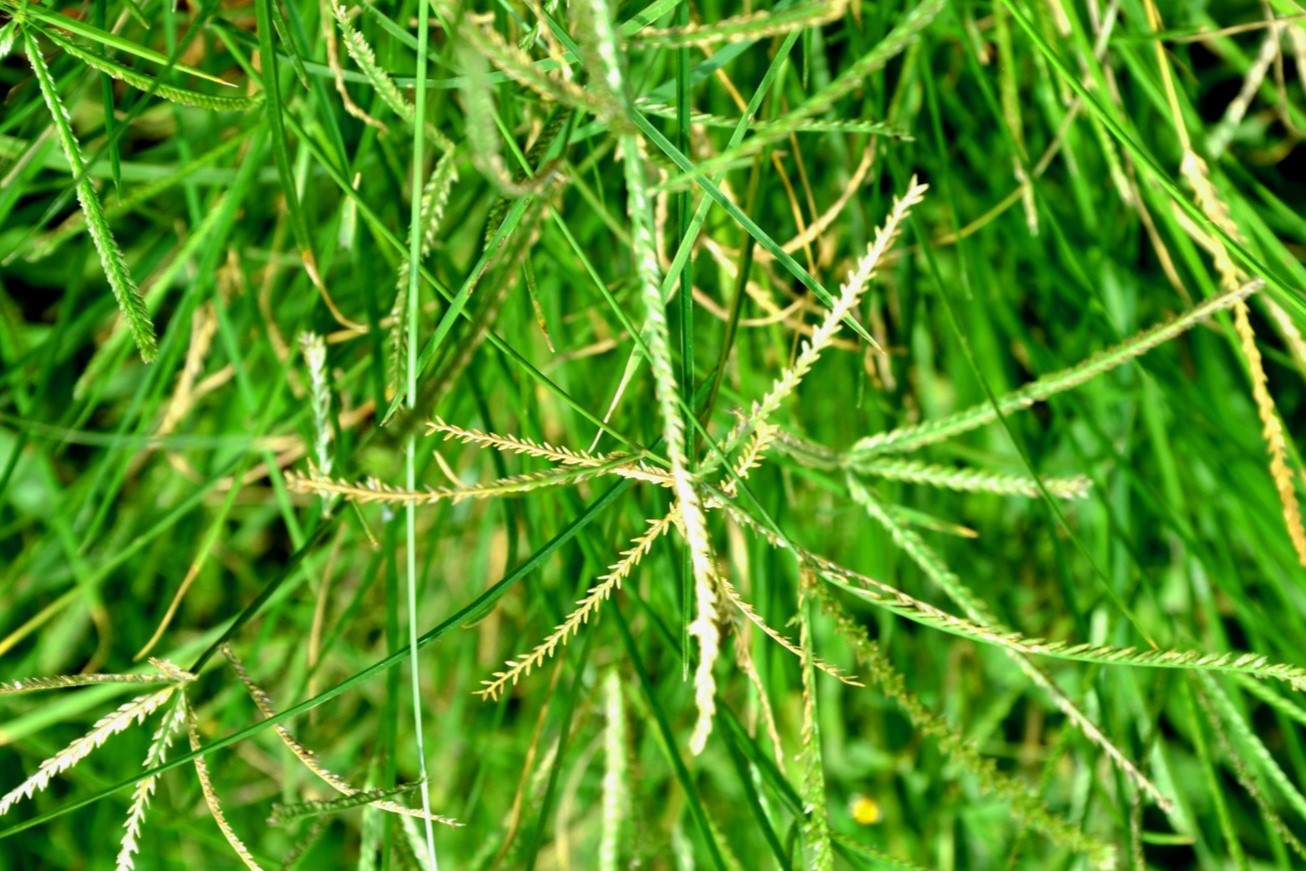
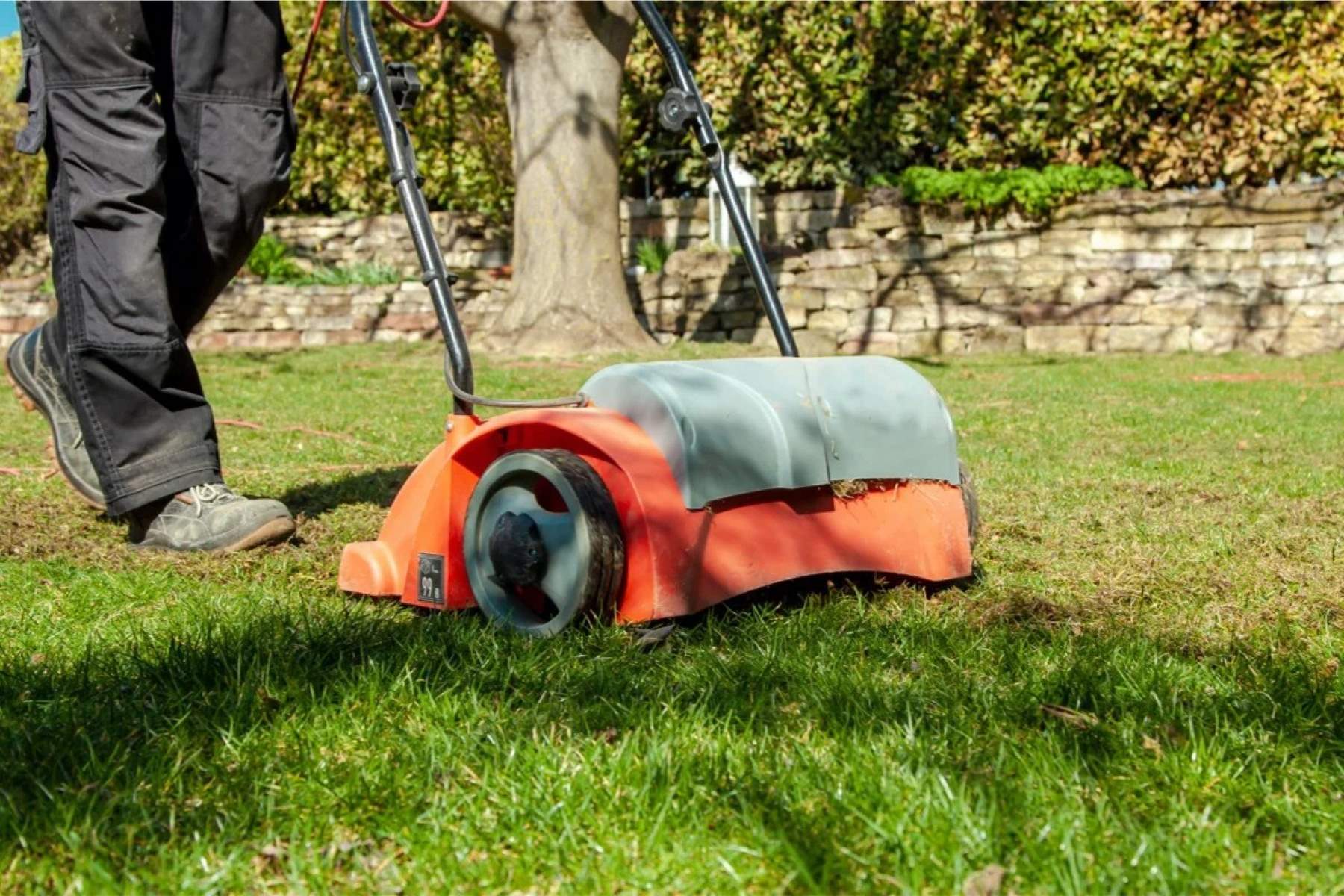

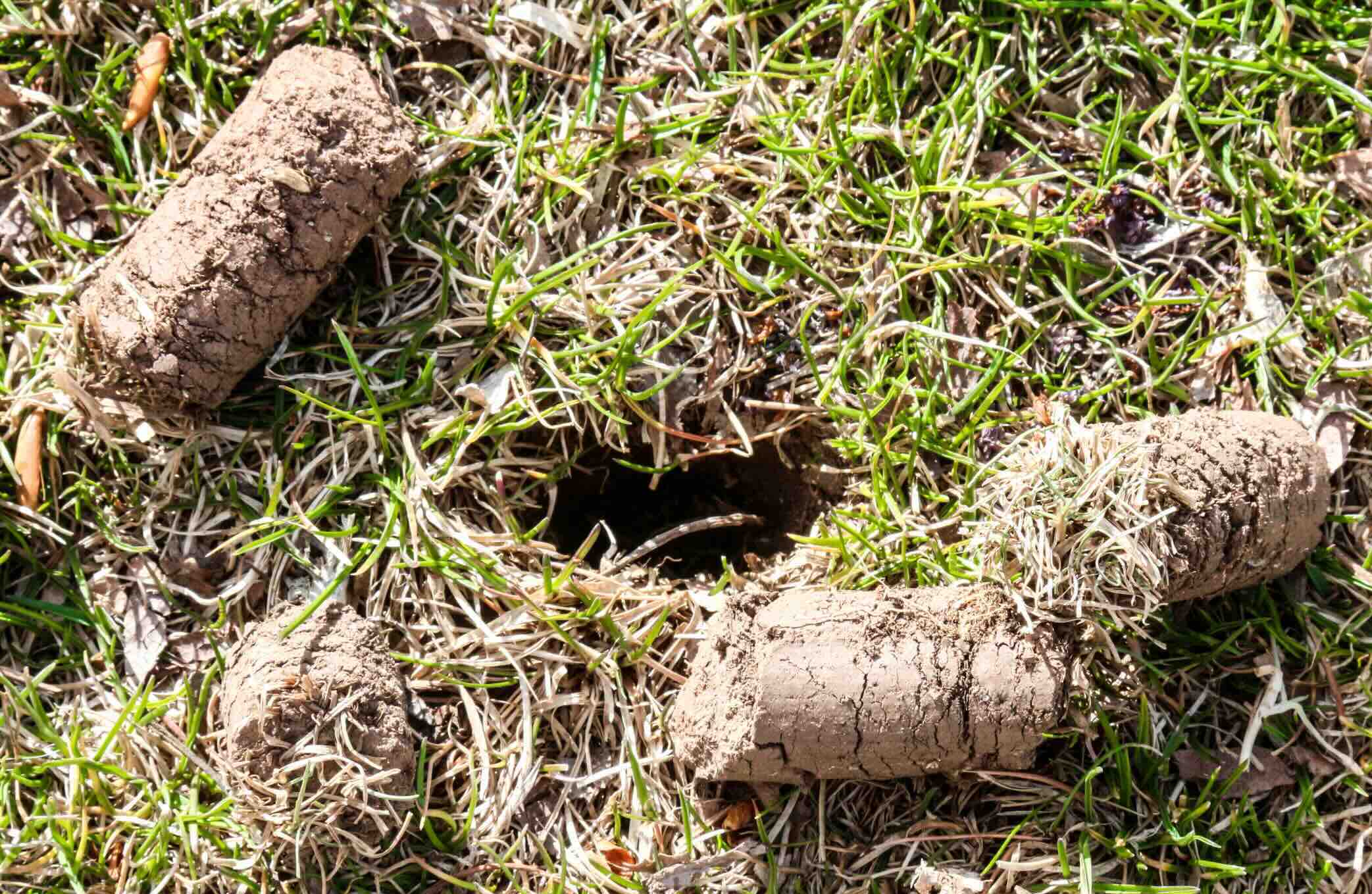

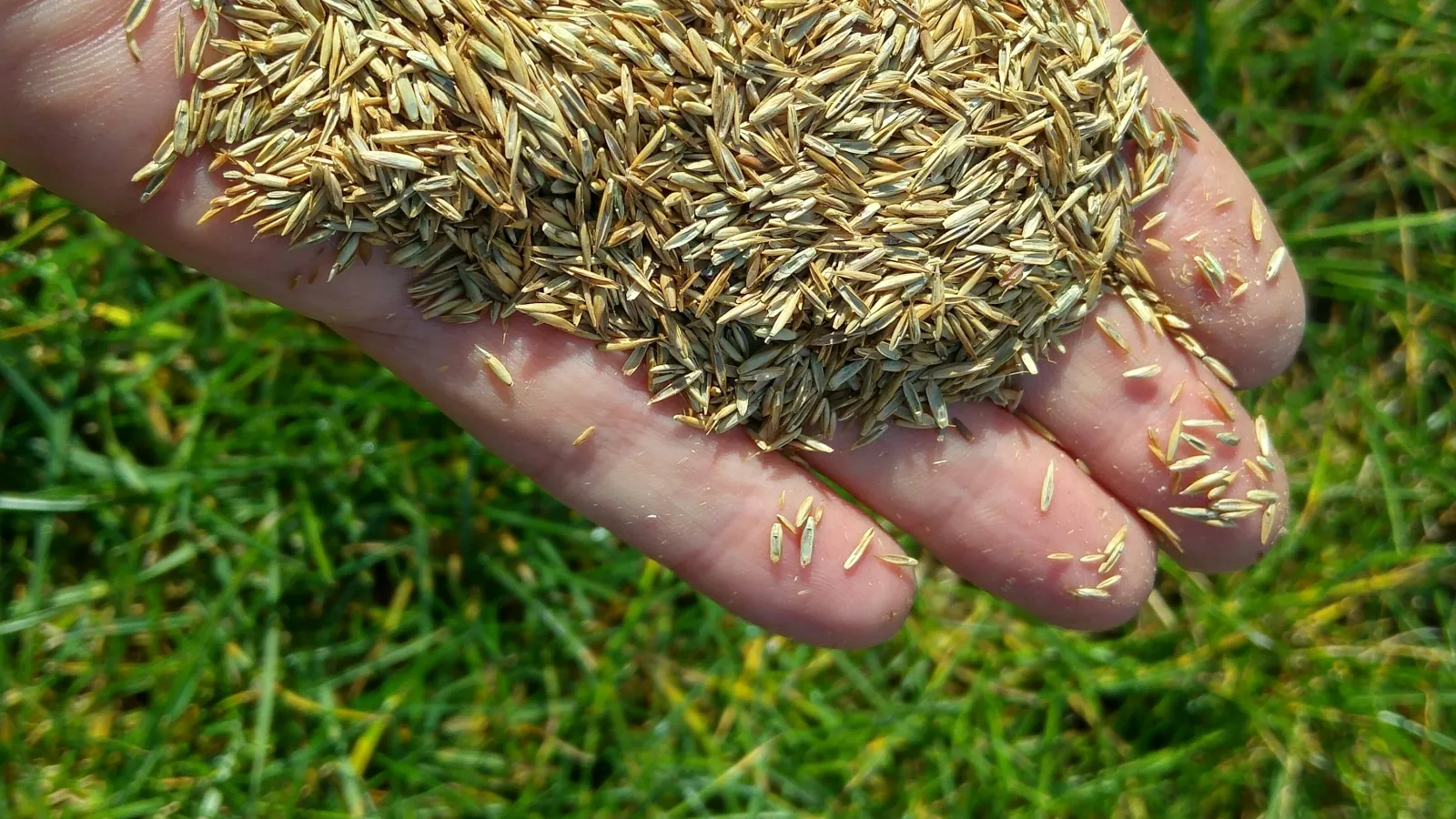
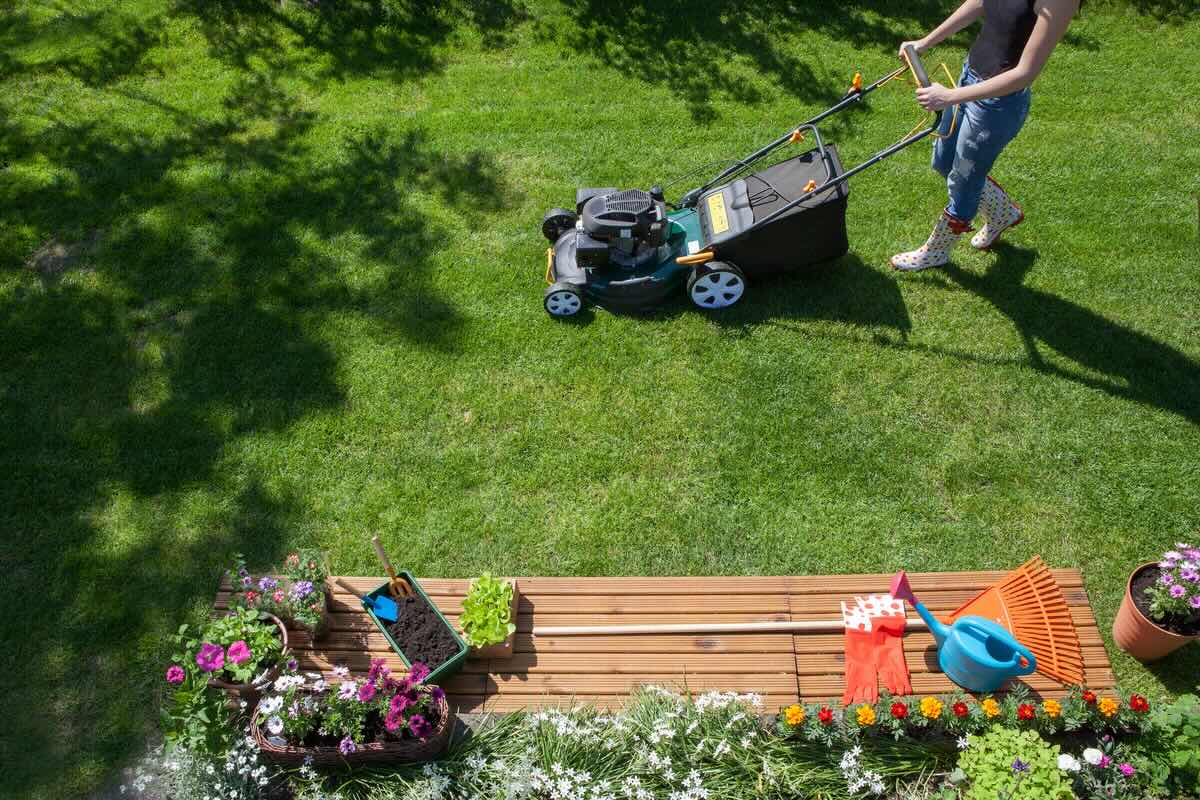
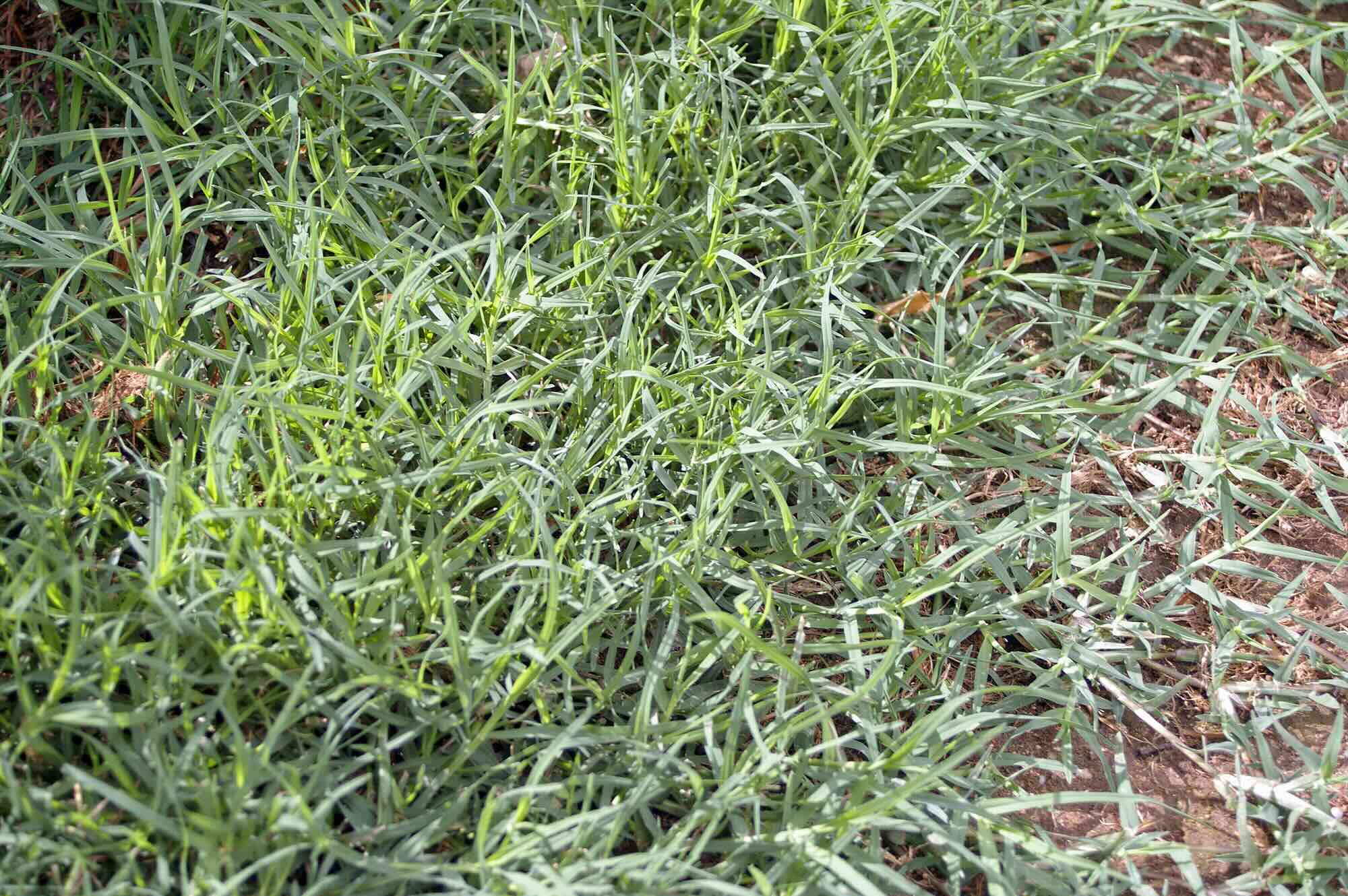
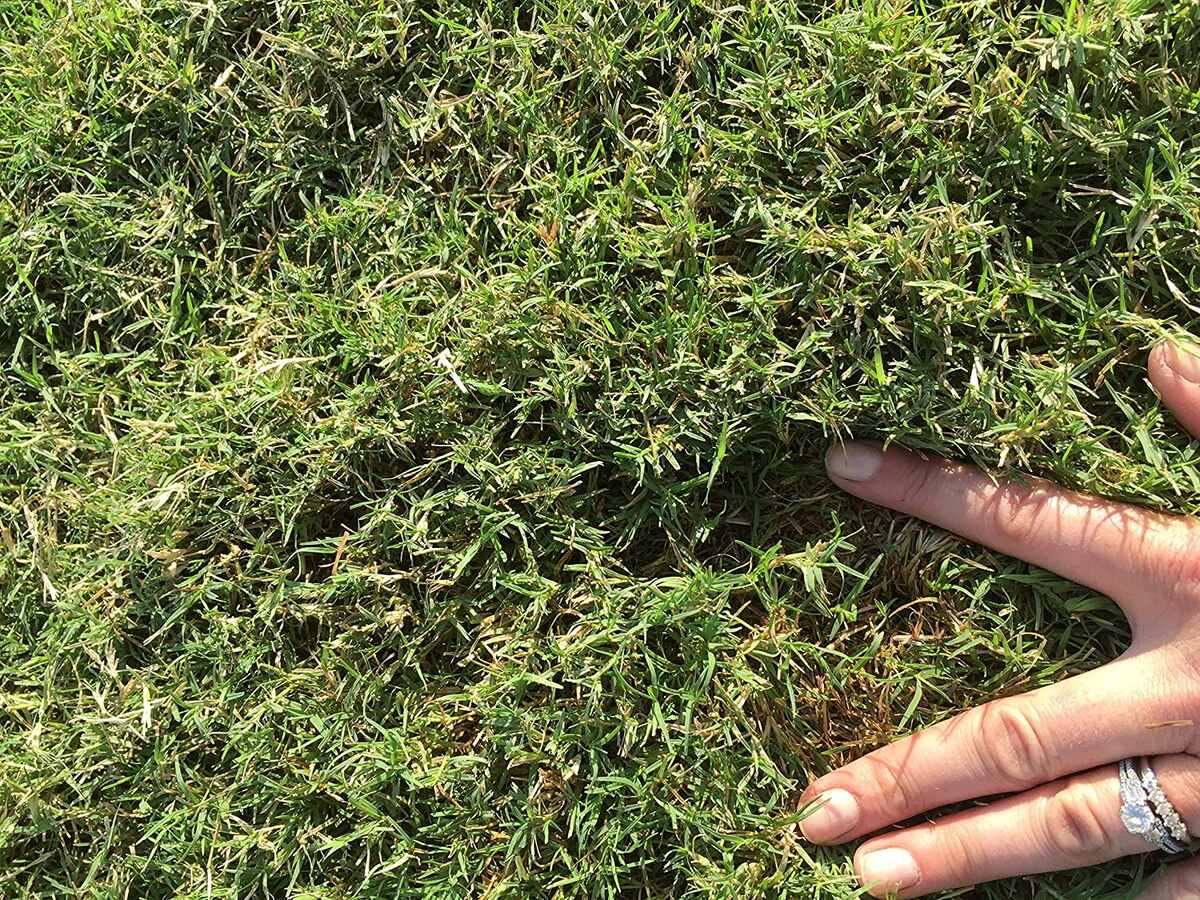
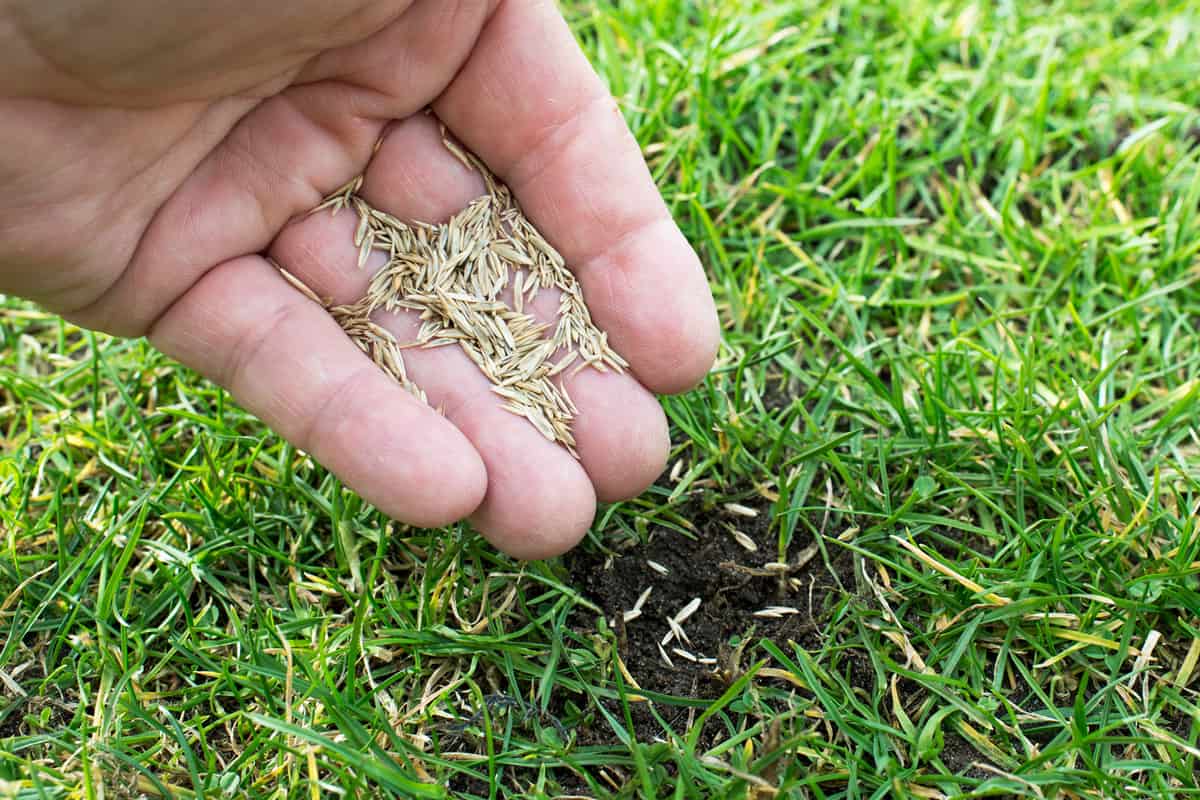

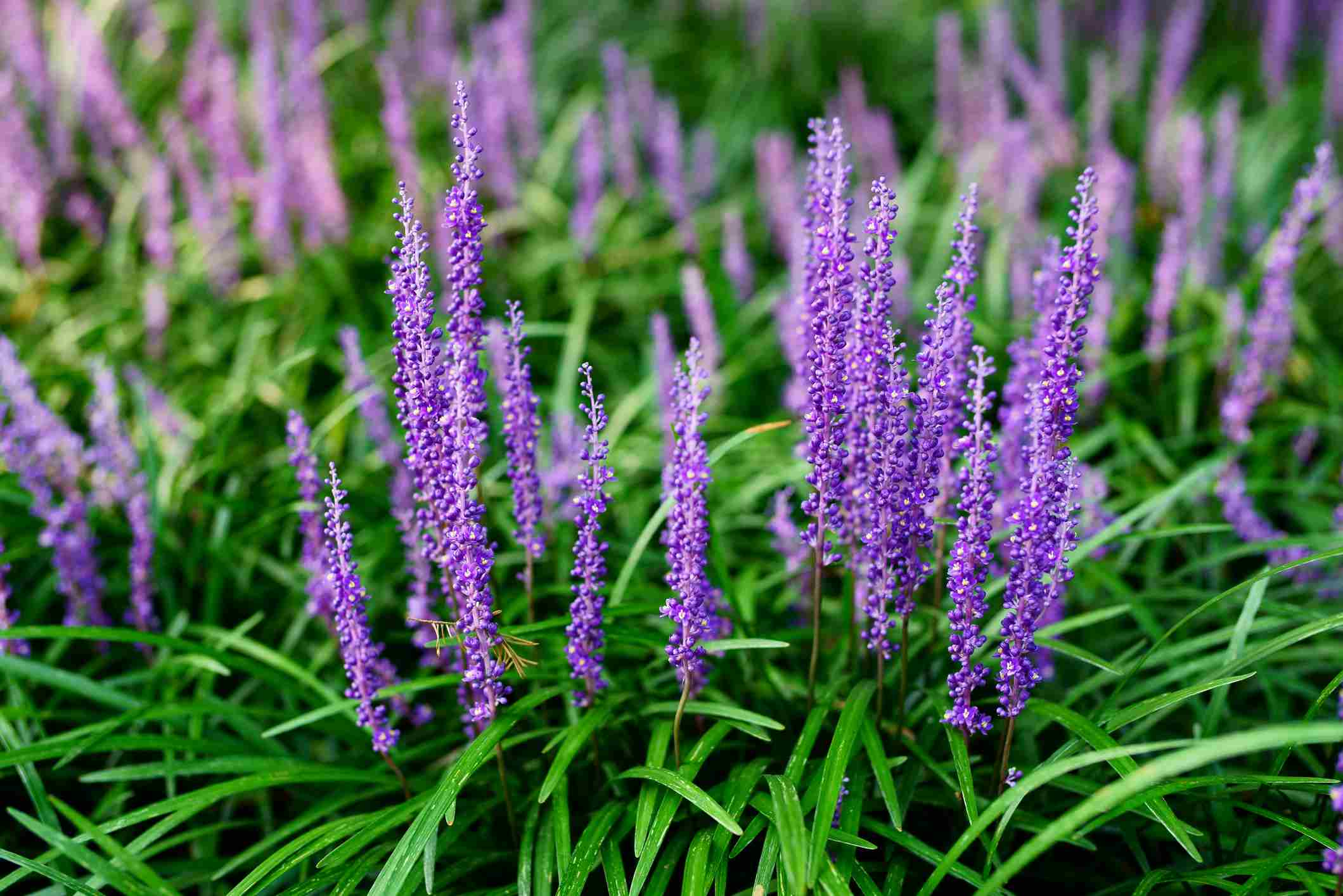

0 thoughts on “When To Cut New Bermuda Grass”